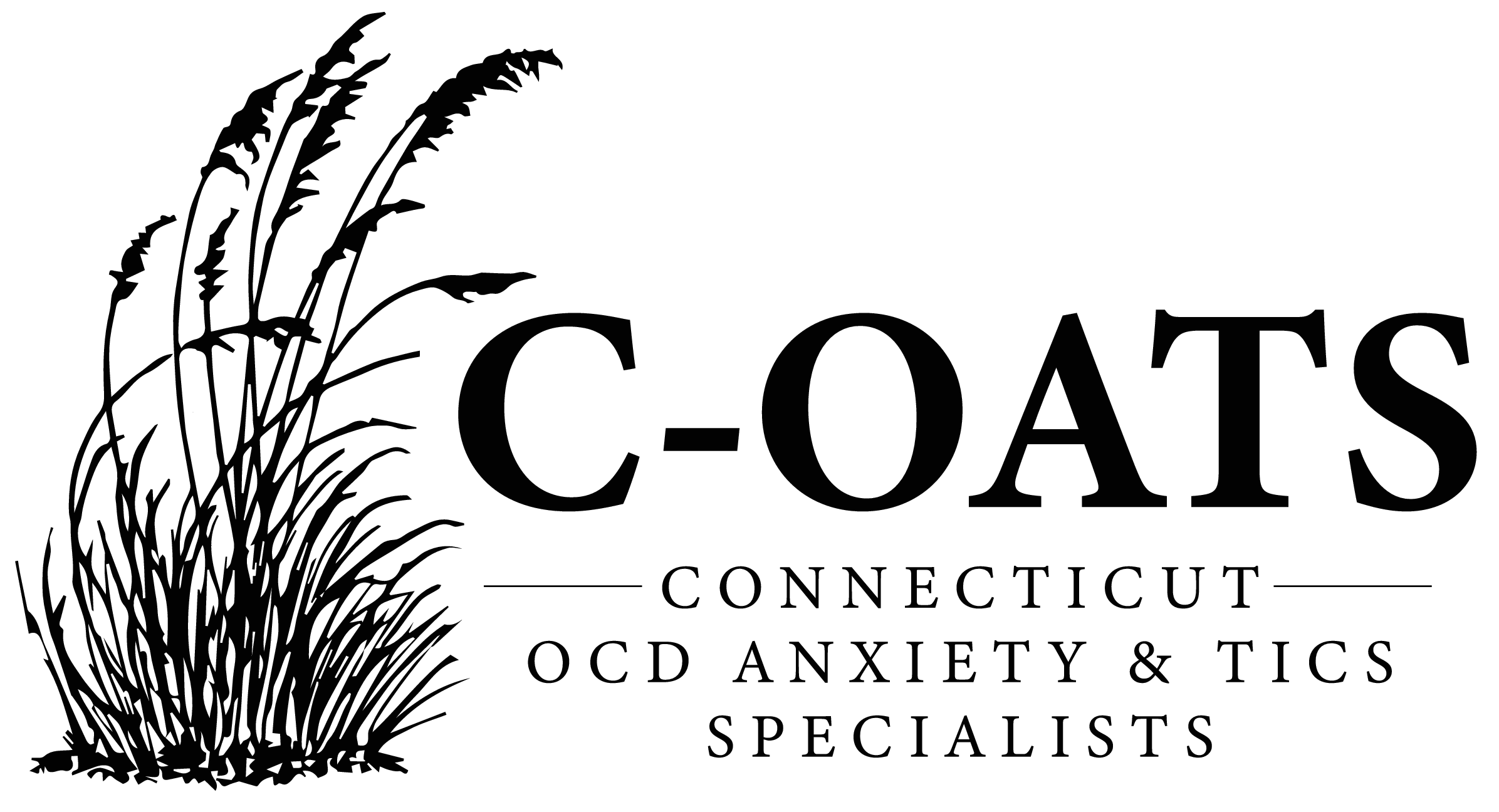In early November, our local community of Ridgefield, CT tragically lost a high school student to suicide.
Losing one child is too many and when a young person takes their own life, as adults and clinicians, we must ask ourselves some hard questions, particularly:
Is our current health system adequately supporting the mental health of our youth?
Dr. Matthew Specht, licensed child, adolescent, and young adult psychologist and founder of C-OATS located in Fairfield County, commented, “With social pressures, academic burnout, social media challenges, and so many other factors, the mental health of modern American teenagers was already in decline before the pandemic. Young people that were vulnerable before are struggling way more now, and unfortunately the availability of particularly good mental health providers for children and adolescents is lacking. Despite the tremendous need for support, it is just not readily available for many kids.”
The Current State of Youth Mental Health
It’s been nearly four years since the COVID-19 global pandemic changed life for all of us. In addition to the massive loss of life, the pandemic impacted economies, systems, and the way we work, interact, and live.
Due to extended periods of lockdown, social distancing, and quarantine, COVID-19 also had a dramatic impact on our collective mental health.
In May of 2023, United States Surgeon General Dr. Vivek Murthy released a new Surgeon General Advisory calling attention to the public health crisis of loneliness, isolation, and lack of connection in our country, stating:
“Our epidemic of loneliness and isolation has been an underappreciated public health crisis that has harmed individual and societal health. Our relationships are a source of healing and well-being hiding in plain sight – one that can help us live healthier, more fulfilled, and more productive lives.”
And, there’s now data to support what so many feared would become a youth mental health crisis.
Consider this:
- In 2020, 1 in 6 young people experienced a major depressive episode and suicide was the 2nd leading cause of death for people ages 10-24
- In October 2021, healthcare professionals declared a national emergency in child mental health
- According to the CDC, more than a third (37%) of high school students reported they experienced poor mental health during the COVID-19 pandemic and 44% reported they persistently felt sad or hopeless during the past year
- In a November 2023 report from the annual Society for Neuroscience conference in Washington, D.C., Elizabeth Powell, a program officer at the National Institutes of Health, stated, “Our findings indicate that the teenage brain showed accelerated aging due to the pandemic lockdown.”
The Impact of Our Current System on Youth Mental Health
The support for youth mental health within the current system varies widely and is dependent on factors such as economics, location, access to resources, and cultural considerations.
Even though 1 in 5 US children have a mental, emotional, or behavioral disorder in a given year as stated by the American Academy of Child and Adolescent Psychiatry, there is a significant shortage of professionals such as psychologists, psychiatrists, therapists, and social workers able to support their needs. They continue to say that only half of children and adolescents with diagnosable mental health problems receive the treatment they need.
According to CNN, there are roughly five child or adolescent psychologists for every 100,000 people under the age of 18 across the country, with a high concentration of mental health providers who specialize in care for kids in urban areas, but often missing from rural communities. 80% of counties in the US have no child or adolescent psychologists at all.
Quite often, the shortage of mental health professionals leads to long wait times and limited access to timely care.
Additionally, Dr. Specht said, “Insurance companies don’t often reimburse well, making economics one of the biggest barriers for parents/caregivers to get the optimal treatment for their children ”
For many American families, paying out of pocket is not an option.
Dr. Specht cited the Mental Health Parity and Addiction Equity Act (federal parity law), which requires insurance coverage for mental health conditions to be no more restrictive than insurance coverage for other medical conditions. Enacted in 2008, this law was put into place to recognize that mental health conditions are equal to physical illnesses and should be covered by insurance in the same manner.
“While these laws exist, the reality is that insurance companies violate these laws all the time, and many patients are often denied adequate coverage,” Dr. Specht said.
He relayed that early identification and consistent visits typically yield the best outcomes, and unfortunately, many in-network providers covered by insurance plans are seeing volumes of patients and are therefore not equipped to offer comprehensive care and customized treatment plans.
For example, he cited that someone on medication should be meeting their clinician every week, but because of insurance/economic challenges, these visits may be pushed out every 4-6 weeks, further delaying the treatment process.
“Most effective treatment happens in an outpatient setting, but there is often an economic barrier that precludes so many young people from getting the proper healthcare they need,” he commented.
How can parents best support their child’s mental health?
While the existing system has much need for improvement, parents/caregivers continue to be instrumental in strengthening the mental well-being of their children.
Here are some tips for parents/caregivers:
- Educate yourself about child development, mental health issues, and age-appropriate expectations
- Pay attention to any noticeable changes in your child’s behavior, mood, or academic performance, which may indicate larger mental health concerns
- Create an open environment where your child feels comfortable expressing their thoughts and feelings, free from judgment
- Promote and model a healthy lifestyle, as physical well-being is closely linked to mental well-being
- Build resilience by teaching coping skills for handling stress and emotional challenges
- Establish & enforce boundaries with screen time and social media, both of which can negatively impact mental health
- Promote positive social connections where your child can find support and camaraderie with peers and through community
- Be an advocate and get involved in local government efforts to support programs and policies for youth mental health
Creating a More Supportive Environment For Youth Mental Health
While there is finally significant attention in recognizing and addressing youth mental health within the current system, there are still significant challenges and disparities that need attention.
Increased awareness, implementing policies and initiatives, deeper community support, building resilience in young people, and more can contribute to an environment that supports the mental health of all youth.
“There are so many solutions in creating a better system, but it will take the collective work on all our parts to invoke real change. There are some amazing clinicians, but there are many who are not. Insurance companies must step up to the plate. Parents, grandparents, and caregivers can play an advocacy role and put pressure on their congresspeople. In doing more to emphasize the need and the demand to properly address youth mental health, the system will be forced to respond,” said Dr. Specht.
To learn more about C-OATS or to schedule a consultation, click here.
Sources:
U.S. Department of Health & Human Services
Centers For Disease Control & Prevention




Comments
0 Comments